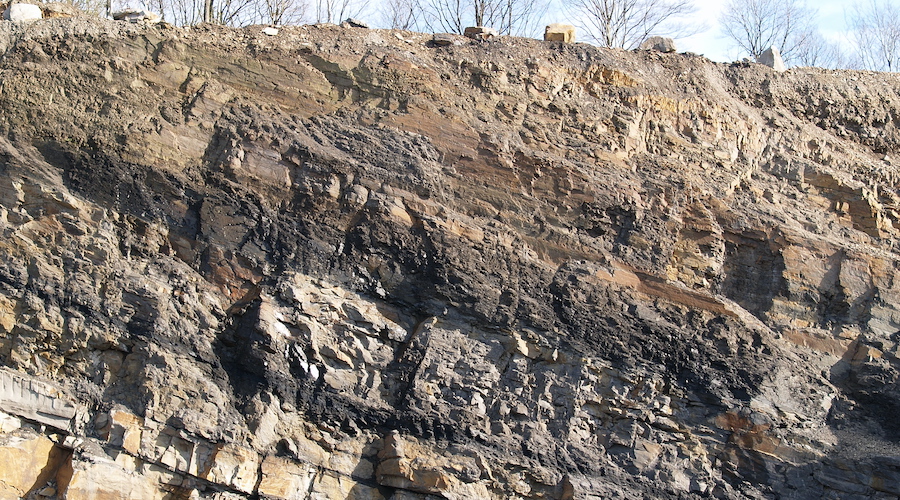Effects of coal seam gas activity on human health not fully understood – study

Researchers at Australia’s science agency CSIRO and the University of Queensland identified eight groups of chemical factors associated with coal seam gas (CSG) activity, which may affect human health and need further investigation.
In a new study, the scientists examined all activities relating to coal seam gas operations in a 2,150 square kilometres area occupied by the towns of Miles, Chinchilla and Condamine. The CSG infrastructure at the place is comprised of over 2,400 wells, 5,000 kilometres of gathering lines, four water treatment plants, eight gas processing plants, and 15 compression stations.
The researchers identified factors associated with CSG activities within the study site and appraised them for their hazard potential to human health. These factors included chemicals (chemicals used by industry and naturally occurring chemicals that may be released by industry activities), air emissions, noise, light and dust.
The university’s Queensland Alliance for Environmental Health Science (QAEHS) appraised the chemical factors used by industry, while CSIRO completed the assessment of chemical factors associated with air emissions and physical factors (noise, light and dust).
Australia Pacific LNG’s upstream operator Origin and Shell’s operator QGC supplied data on their activities. The scientists also accessed Queensland Government data sets. This information pertained to drilling and workover operations for 2,424 wells, detailed data for the 67 wells in the study area that were subjected to hydraulic fracturing, and data on water treatment, gas processing, and flaring operations.
The study found that for most of the factors, there was no plausible pathway to impact human health. Noise and light emissions from CSG activities do not pose a threat to physical health at the study site. Meanwhile, chemical factors associated with air emissions from CSG activities were within relevant health-based air quality objectives.
Of the 97 unique chemical factors used in CSG drilling and hydraulic fracturing operations, 72 were assessed and found to have low hazard potential to human health at the study site, while 25 (in eight groups) warrant further in-depth assessments.
Based on the available evidence, none of these chemicals were found to represent an acute hazard to human health at the study site.
An extension study also examined the microbial degradation of these groups of chemical factors in soil and aquifer samples and found that four chemical groups degraded readily in soils within days, and more slowly in aquifer samples.
{{ commodity.name }}
{{ post.title }}
{{ post.date }}



Comments